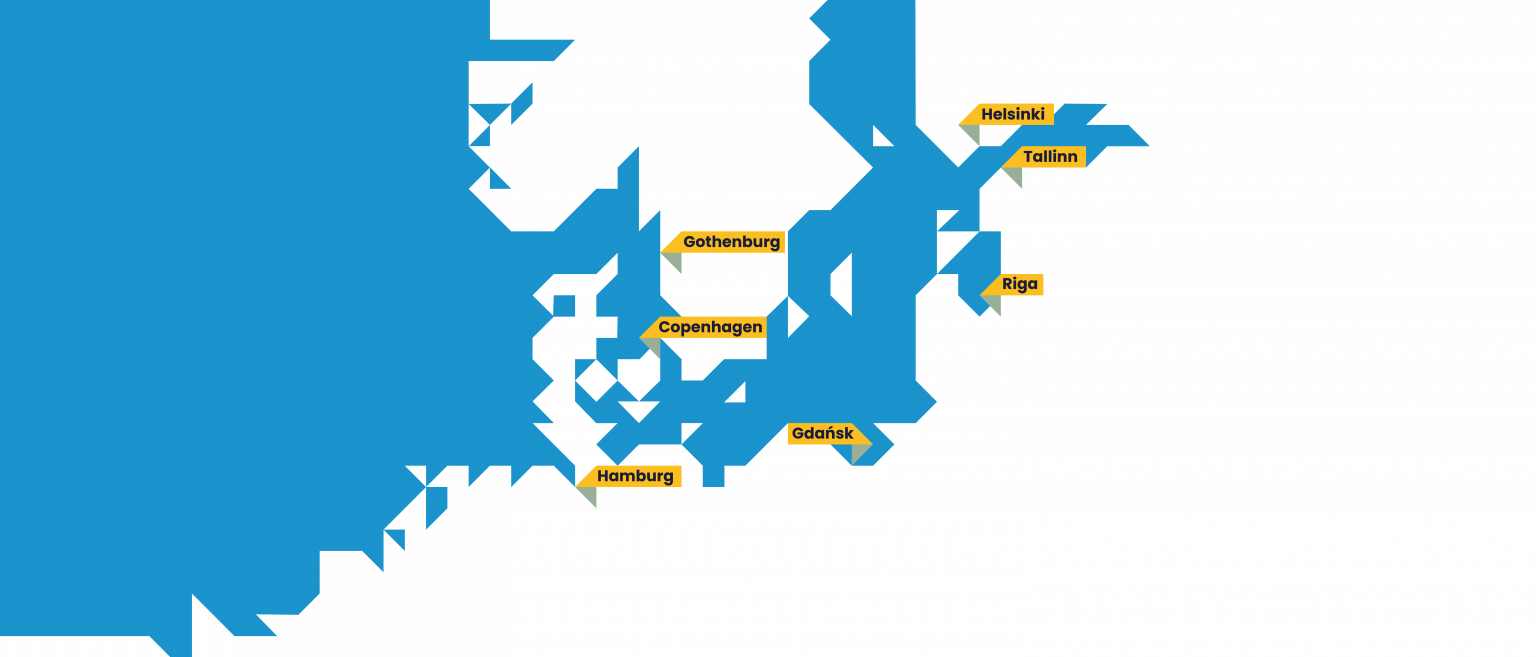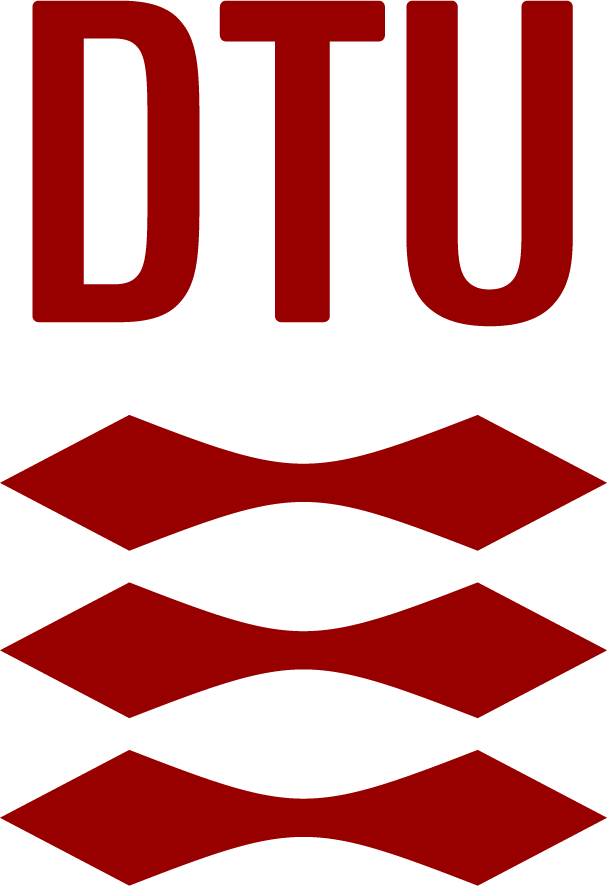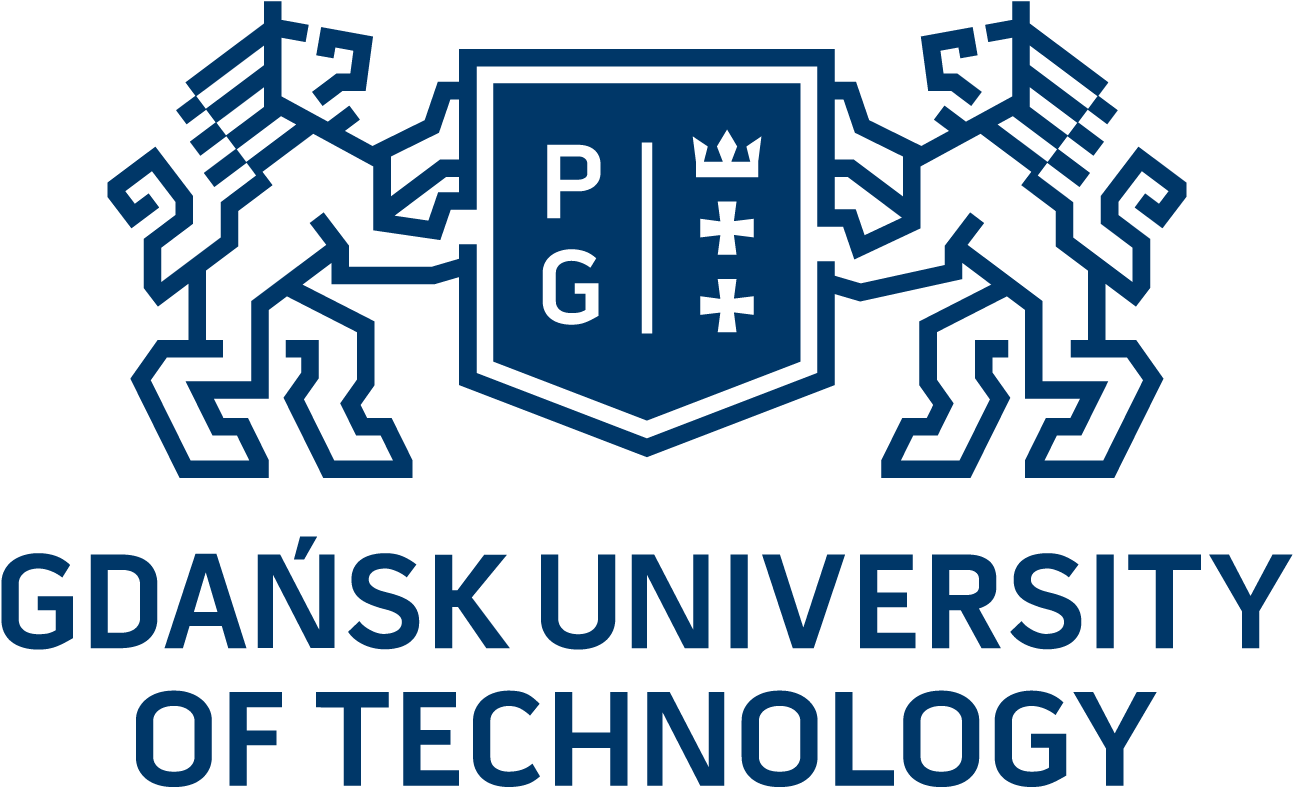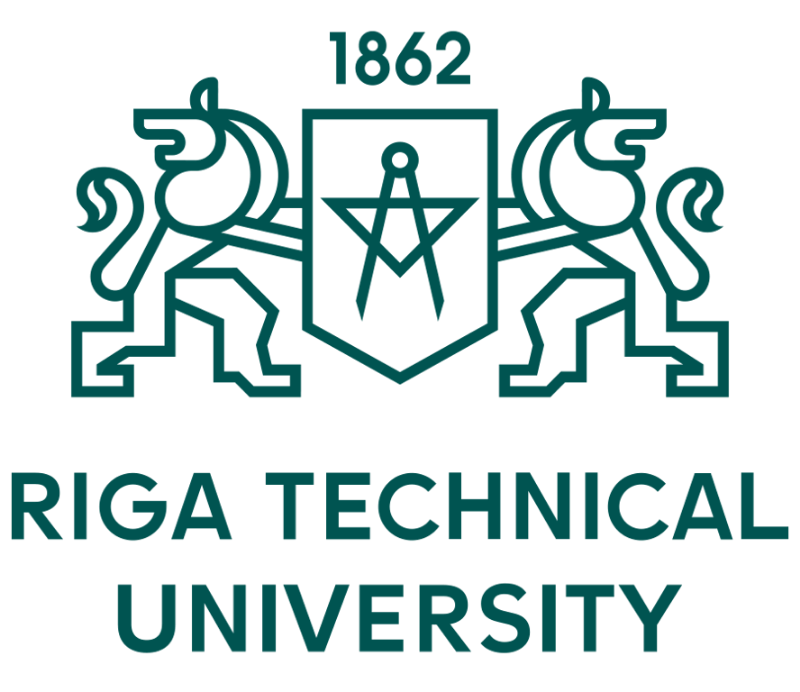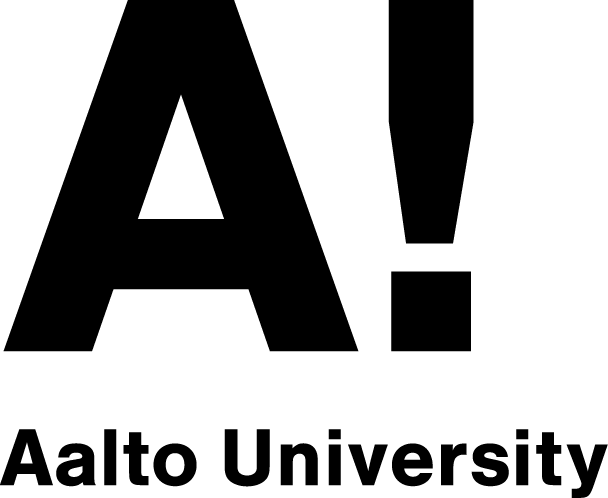
Aalto, Espoo, Finland
Aalto University
Günther H. Filz
Professor of Structures and Architecture
+358 | (0)50 | 35 22 084
guenther.filz@aalto.fi
aalto.fi
Aalto University was established in 2010 as a merger of three major Finnish universities: the Helsinki University of Technology (established 1849), the Helsinki School of Economics (established 1904), and the University of Art and Design Helsinki (established 1871).
The close collaboration between the scientific, business and arts communities is intended to foster multi-disciplinary education and research.
The university is composed of six schools with close to 20,000 students and 4,500 staff members, making it Finland’s second largest university. The main campus of Aalto University is located in Otaniemi, Espoo. Aalto University has contributed substantially to the emergence of Helsinki as a hotbed for startups. Aaltoes, the Aalto Entrepreneurship Society, is Europe’s largest student run entrepreneurship community and organises the Startup Sauna accelerator program for startups, raising more than US$36 million in funding since 2010.
The university is named in honour of Alvar Aalto, a prominent Finnish architect, designer and alumnus of the former Helsinki University of Technology, who was also instrumental in designing a large part of the university’s main campus in Otaniemi.

